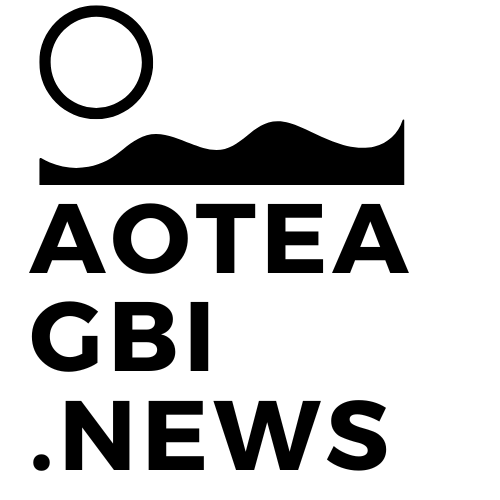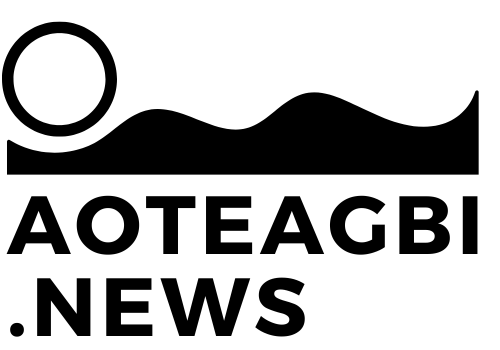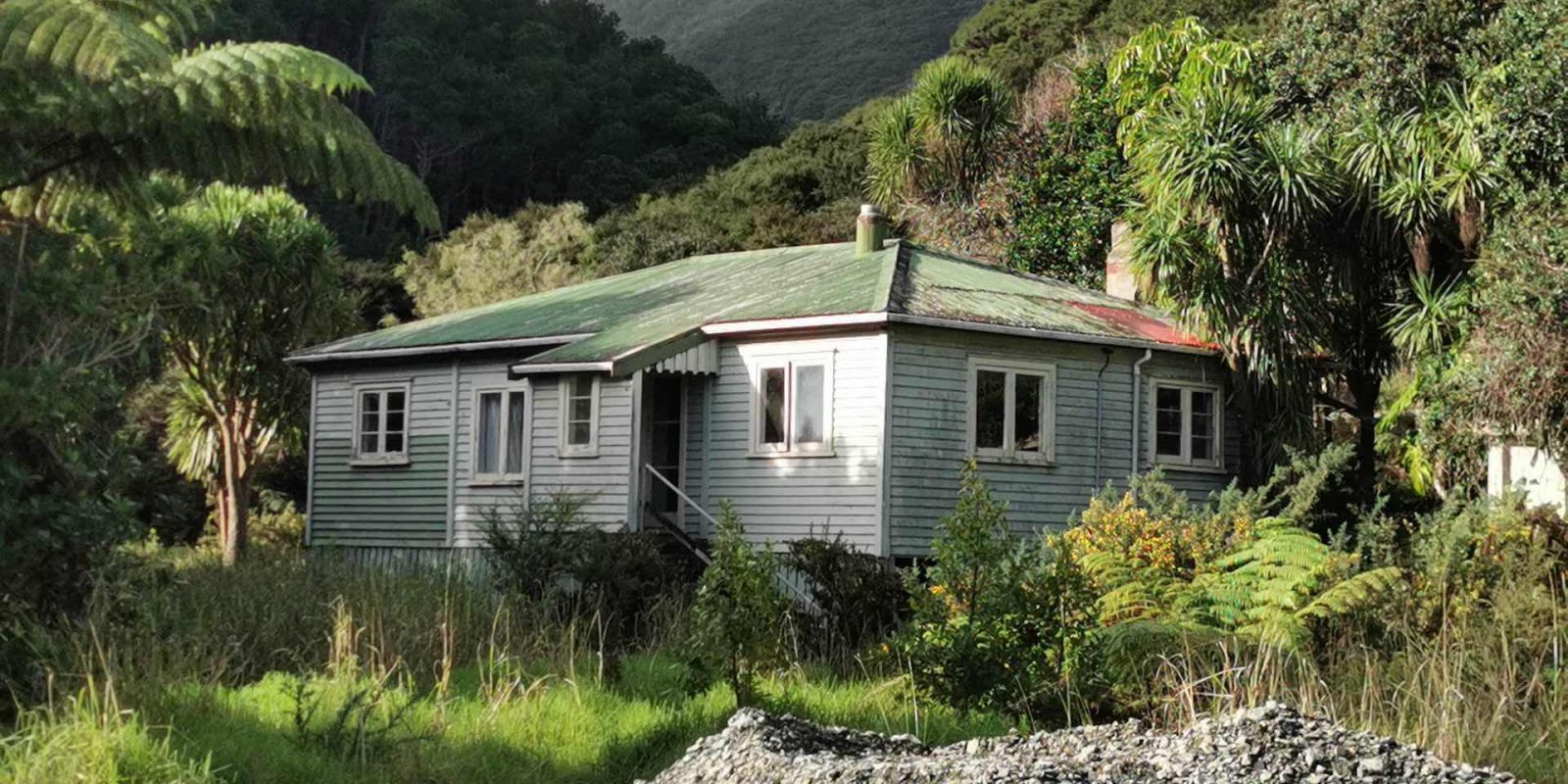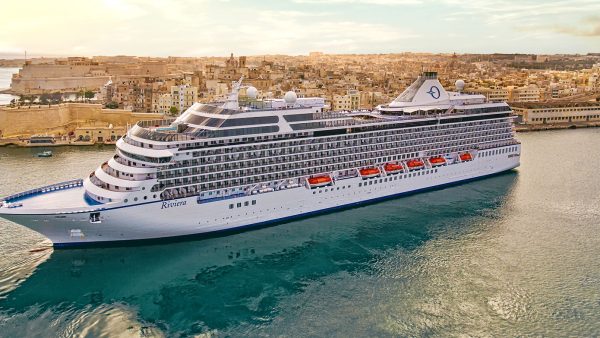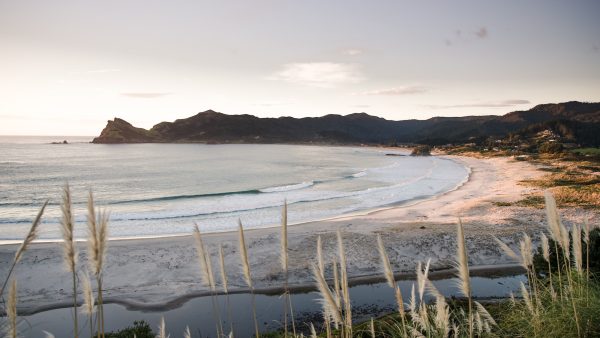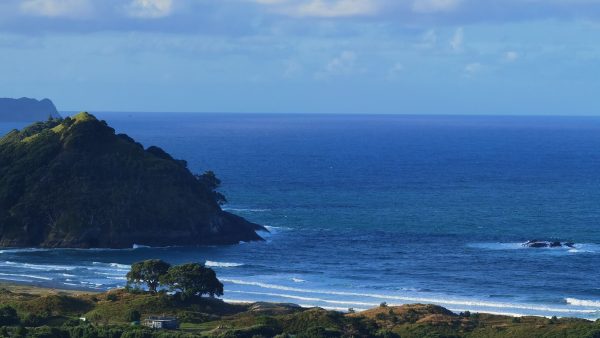Abandoned and Overgrown: A home in Akapoua, under DoC’s stewardship, stands neglected while awaiting a stalled treaty settlement. Photo / AoteaGBI.news
Whistleblowers have cast a harsh light on the Department of Conservation’s (DoC) operations on Great Barrier, alleging mismanagement and neglect, as the government department figures out what its future is on the island.
The claims suggest a chaotic scenario where popular tourist tracks remain closed, and properties decay amidst a glaring housing shortage. DoC for its part says things are okay.
“You see these once solid homes now just crumbling because DoC has let them go to waste,” said a source, gesturing towards one of two homes deteriorating under DoC stewardship at Akapoua, near the DoC-managed campground. Concerns are exacerbated by alleged neglect of tourist tracks like the Kaiaraara, which has remained closed after storm damage, and insufficient staffing levels they say are hampering operations.
The department is tasked with overseeing roughly 12,000 hectares on Great Barrier Island (Aotea), presently.
“They only have 4 or 5 field staff,” the source said. “One of which, although classed as a field staff is office based. It is a bit of a joke.” they added.
On Aotea, DoC, is entrusted with preserving habitats, supporting biodiversity, and managing public lands—a role that includes everything from maintaining walking tracks to controlling invasive species. However, the practical aspects of these duties are increasingly being handed over to external entities, according to Dave Smith, Acting Operations Manager for DoC.
“There is a stronger emphasis today on community and iwi-led conservation such as Tū Mai Taonga. DOC supports these activities through funding, support and technical advice.” Smith said
Tū Mai Taonga is a conservation organization under Ngāti Rehua Ngātiwai ki Aotea, that engages in activities like habitat restoration, pest control, and environmental education. Their work includes setting up trapping lines for invasive species, removing non-natives and planting natives, and conducting community workshops to promote ecological awareness.
Complicating matters is an ongoing treaty settlement with Ngāti Rehua. Stuck in negotiations for over a decade, the settlement’s final details remain unclear. The lack of clarity, a DoC source says, leaves the organization in limbo, unsure of exactly what it will be responsible for in the future.
Multiple DOC houses stand, “left to rot” according to the DoC employee who spoke on condition of anonymity. This comes as the island grapples with a severe housing shortage.
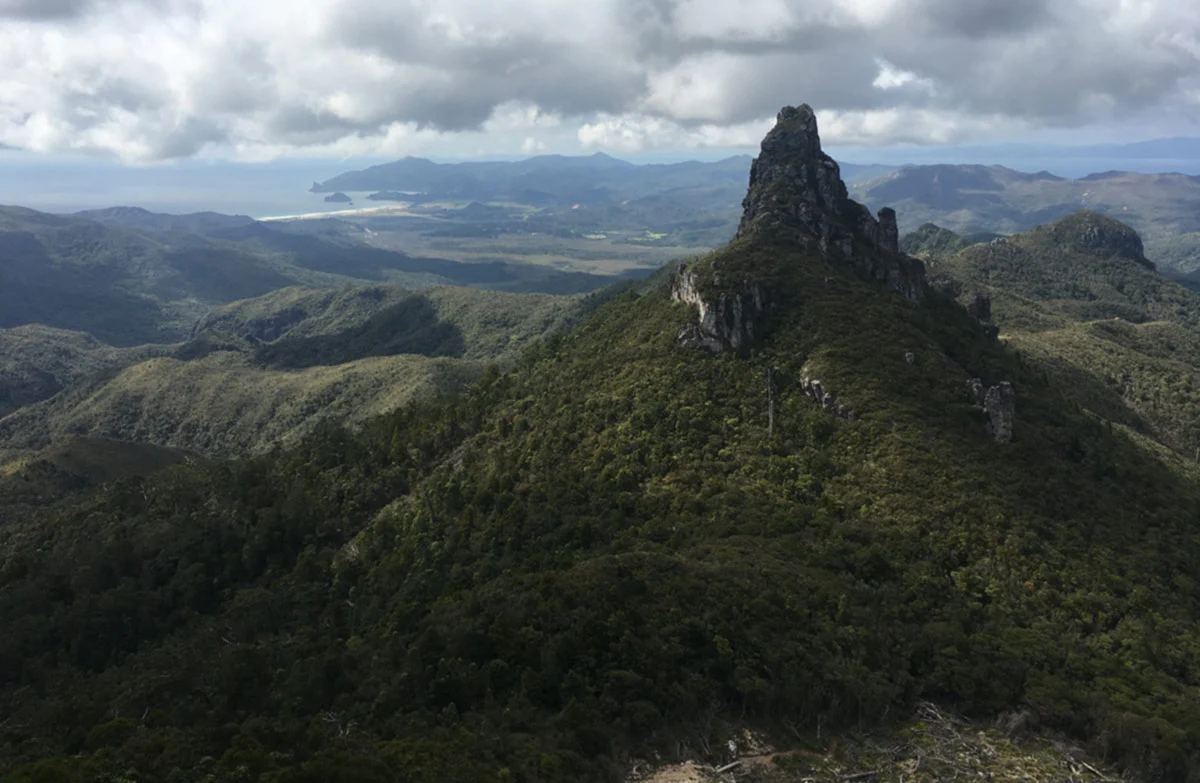
“It’s a dreadful shame,” said Great Barrier Local Board Chair Izzy Fordham. “With the housing crisis we are facing they could have provided a welcome roof over people’s heads.”
Two of the derelict houses are caught within the treaty settlement negotiations with Ngāti Rehua.
DOC acknowledges the empty houses but claims they are uninhabitable due to asbestos and disrepair. “The cost to repair and renovate them to a safe, useable standard and to a healthy homes standard would be significant.,” Operations Manager, Smith says.
The employee accuses DOC of allowing the houses to deteriorate for 15 years, suggesting they’re conscious they’ll be handing them over to Iwi anyway.
“You would hand them over trashed, why exactly?” they said.
DOC is facing its own challenges. A recent government directive requires a department-wide spending cut of 6.5%, compounded by an additional 21% decrease due to the end of programs like Jobs for Nature—money that was repurposed by the previous Labour government from leftover COVID-19 funds.
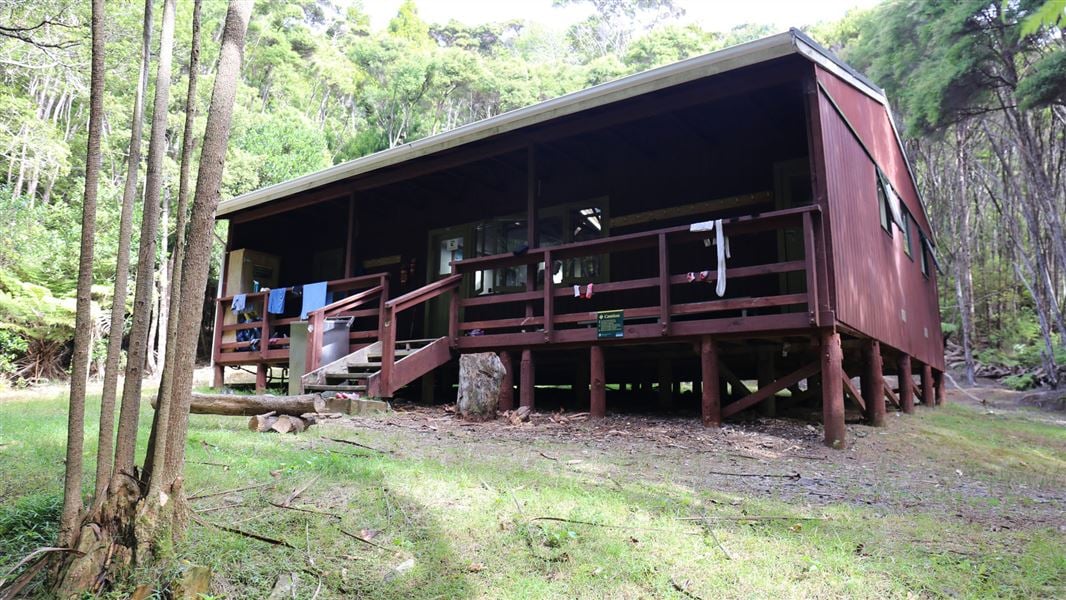
DOC’s funding is expected to drop from $880 million in 2023/2024 to $728 million in 2026/27.
Last week, the department proposed cutting year-round staff on the Chatham Islands by half and merging its team with their Wairarapa arm.
Adding to frustration on Aotea is the closure of the Kaiaraara Track. The track was damaged by Cyclone Gabrielle in early 2023, and DOC says a “costly re-route” is likely required to reopen it.
“We are working through the options and funding currently.” they said.
“Geotechnical and engineering advice will be needed to find a safe and resilient solution.” Smith added.
Offshore islands have traditionally been a priority for the Department of Conservation (DoC) due to their isolated nature, which allows for more effective elimination of pests like rats, stoats, possums, and rabbits.

The department says its work on Aotea ‘has changed over time’.
“We have more focus on high value conservation areas and high-priority species.” Smith stated.
“We’re proud of the conservation work achieved on and around Aotea. This includes the successful eradication of rats from Rakitū; rigorous biosecurity work to keep Rakitū and the Mokohīnau Island group pest-free; baiting and feral cat trapping work on Hirakimata and around Okiwi for pāteke; maintaining the Aotea Track and popular day visitor tracks; and maintaining Mt Heale and Kaiaraara huts, and five family campsites.” he added.
18,000 DOC assets were impacted across the North Island from extreme weather and cyclone Gabrielle in early 2023.
“Significant efforts have been made to reopen public tracks, huts and facilities, and the recovery work is ongoing across the North Island.” Smith says.
Local Board Chair Fordham acknowledges DoC’s financial woes, but offers no sugarcoating, suggesting it may explain their budgeting.
“From my understanding the DoC budget for Aotea has been cut repeatedly over the years which no doubt prohibits their ability to fulfil what they should.”
On the Kaiarara track closure she added. “We know that their track network plays an important role not only for tourism but also for the enjoyment of island whānau.”
Ngāti Rehua Ngātiwai ki Aotea has been approached for comment.
